The Big 2.8: Bury My Brand at Wounded Knee
The automotive press is obsessed with new cars, and the automakers know it. As The Big 2.8 flounder on the shoals of their broken branding, badge engineering and bloated dealer networks, they highlight the latest bright shiny object as proof of future salvation. Jerry Flint: “The best news from the domestic industry is that the product, particularly at GM but also at Ford, is getting better.” Meanwhile, car hacks are ignoring the fact that the domestics' business is collapsing, as startling new data from J.D. Power illustrates.
For the first time ever, J.D.’s mob has combined customer loyalty and conquest survey data to create their “Customer Ratio” index. Speaking at the recent National Automotive Dealers Association (NADA) conference, J.D. Power's executive director of automotive research said a car brand must strike an ideal balance between customer loyalty (existing owners re-upping) and new-to-the-brand business. “When below-average loyalty makes up more than half your sales,” Steve Witten pronounced. “That's a brand in trouble."
According to the J.D. Power, Ford's in trouble. Roughly 53 percent of Ford owners buy another Blue Oval model. On the face of it, that's a good thing. But it's a bad thing. These loyal customers represent 72 percent of the brand's retail sales. Translation: FioMoCo is losing twice as many existing Ford owners to rival brands as it’s winning from rival brands. Not to put too fine a point on it, the Ford brand is dying.
According to the survey, Chrysler, Jeep and Dodge also show “weak loyalty numbers.” What’s worse: Chrysler's three brands "mostly conquest sales from each other, while leaching sales to non-Chrysler brands.” Ominously, but not unexpectedly, “something similar is happening at Mercury, Pontiac and Buick.”
Only 13 percent of Saturn’s sales come from customers leaving transplant brands (Toyota, Honda, etc.). The majority of Saturn's new customers come from Chevrolet, Pontiac and Ford. And when Saturn owners leave the brand for other makes, they tend to migrate to Toyota, Honda and Nissan. As Witten remarked at the conference, the data shows that Saturn has utterly failed to fulfill its original remit as an "import fighter"
The study also reveals that GM and Ford’s so-called luxury brands are failing to compete with the German and Japanese luxury marques. Cadillac, Saab and Volvo are not even in the same ballpark as Mercedes, BWM, Audi and Lexus. Caddy, Saab and Volvo are gaining most of their customers from– and losing most of their business to– Toyota, Honda, Ford and Chevrolet.
As this index demonstrates, Detroit’s biggest and most lethal mistake has been its chronic neglect of its branding. While Motown makes a number of terrific new cars, while the majority of these machines are now mechanically reliable, Ford, GM, and Chrysler have done nothing to protect, resurrect, redefine and "save" their brands. They continue to piss on whatever brand equity remains in their stable. When GM Car Czar Bob Lutz infamously described Pontiac and Buick as "damaged brands," he was guilty of epic understatement. Virtually all of Detroit's car brands are terminally ill.
Hummer is the exception that proves the rule. Last year, Hummer sold 55,986 new vehicles, down 21.7 percent from the year previous. The rising price of gas, Hummer’s negative image amongst the chattering classes and the contraction of the SUV market don’t bode well for the brand’s future. BUT J.D. Power says existing customers account for just 16 percent of Hummer's total sales. In other words, despite falling sales, Hummer is drawing in a large number (at least percentage wise) of new customers. In fact, of all GM’s eight brands, Hummer is the strongest.
Well of course it is. Hummer sells a limited line of vehicles that are all instantly recognizable as family members that all do roughly the same thing in roughly the same way. Their national advertising may be a joke to anyone with an environmental conscience, but Hummer's branding is focused, coherent and memorable. You could even say that the environmental blow-back has helped Hummer, setting it apart from the increasing diluted (but still relatively strong) Jeep brand.
Contrast Hummer’s tightly-gathered product line and brand focus with Saab, Pontiac, Buick, Chevrolet, Saturn, GMC, Cadillac, Ford, Lincoln, Mercury, Chrysler and Dodge.
If you really want a fright, contrast those weak, customer-leaking and fraternal brand-swapping car companies with Toyota. According to J.D., Toyota is “bringing in nearly three times as many new customers as it has old ones staying put. Toyota's 65 percent loyalty rating is the industry's best, yet represents just 41 percent of total sales. Its conquest sales are huge. Honda shows similar strong numbers.”
TTAC, the general public and the millions of people dependent on The Big 2.8’s health are not privy to the full data provided by J.D. Powers’ Customer Ratio survey. But even this snapshot provides a horrifying glimpse of a domestic industry in terminal decline. Never mind cost cutting. Why hasn’t Detroit fixed its broken brands?
More by Robert Farago
Latest Car Reviews
Read moreLatest Product Reviews
Read moreRecent Comments
- Probert They already have hybrids, but these won't ever be them as they are built on the modular E-GMP skateboard.
- Justin You guys still looking for that sportbak? I just saw one on the Facebook marketplace in Arizona
- 28-Cars-Later I cannot remember what happens now, but there are whiteblocks in this period which develop a "tick" like sound which indicates they are toast (maybe head gasket?). Ten or so years ago I looked at an '03 or '04 S60 (I forget why) and I brought my Volvo indy along to tell me if it was worth my time - it ticked and that's when I learned this. This XC90 is probably worth about $300 as it sits, not kidding, and it will cost you conservatively $2500 for an engine swap (all the ones I see on car-part.com have north of 130K miles starting at $1,100 and that's not including freight to a shop, shop labor, other internals to do such as timing belt while engine out etc).
- 28-Cars-Later Ford reported it lost $132,000 for each of its 10,000 electric vehicles sold in the first quarter of 2024, according to CNN. The sales were down 20 percent from the first quarter of 2023 and would “drag down earnings for the company overall.”The losses include “hundreds of millions being spent on research and development of the next generation of EVs for Ford. Those investments are years away from paying off.” [if they ever are recouped] Ford is the only major carmaker breaking out EV numbers by themselves. But other marques likely suffer similar losses. https://www.zerohedge.com/political/fords-120000-loss-vehicle-shows-california-ev-goals-are-impossible Given these facts, how did Tesla ever produce anything in volume let alone profit?
- AZFelix Let's forego all of this dilly-dallying with autonomous cars and cut right to the chase and the only real solution.



















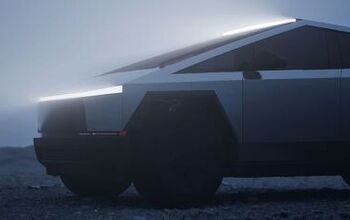
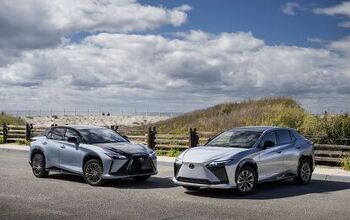
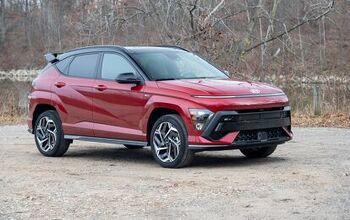
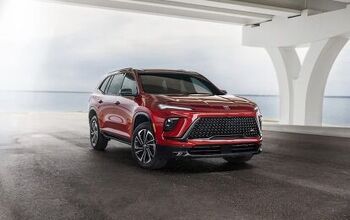



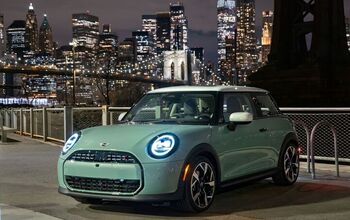
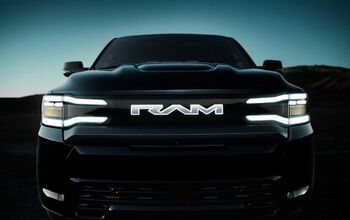
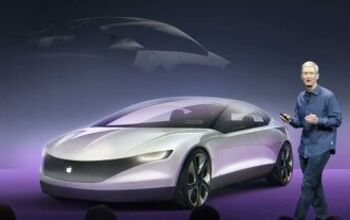
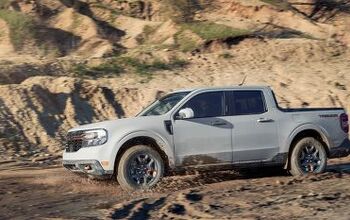
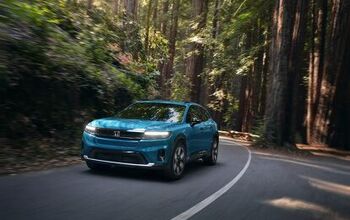

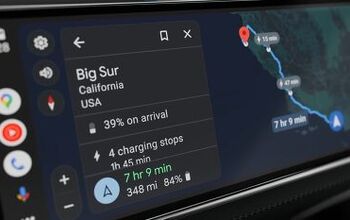
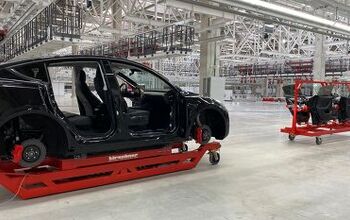
Comments
Join the conversation
Robert: i agree with you premise on the strength of the Toyota brand----but what baffles me is the way Toyota has diluted one of the most important branding elements its logo with the somewhat recent addition of the logo for trucks vs the corporate logo. http://phillips.blogs.com/photos/uncategorized/2007/09/22/108logo_toyota_trucks_2.jpg vs. http://www.lifehack.org/wp-content/files/2007/05/20070514-toyota-logo.jpg I know the rationale probably is that the truck logo looks tougher---but Toyota is breaking a branding / marketing 101 rule...thou shalt not dilute you logo. To add further confusion---the Toyota truck logo only makes it to communication vehicles and not to the product.